New study based on 45 years of data suggests that shorter food chains precede anchovy population booms, while longer ones lead to busts
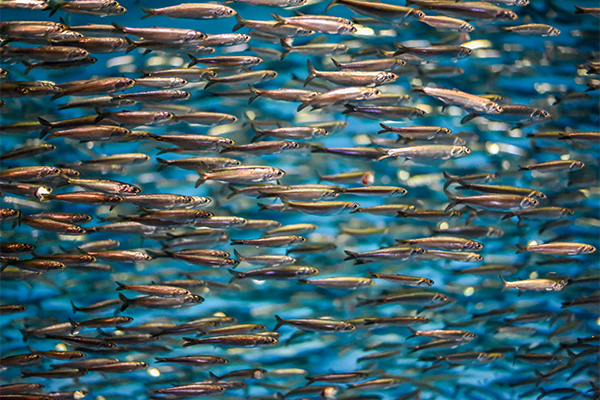
Scientists have uncovered a connection between the length of the food chain supporting anchovy larvae and the fluctuations in California’s anchovy population. The research, based on 45 years of data, suggests that shorter food chains precede population booms, while longer ones lead to busts. If confirmed, this finding could aid in managing California’s anchovy fishery and improving conservation efforts.
The northern anchovy (Engraulis mordax) is a crucial food source for much of California’s most conspicuous marine life – including sea lions, pods of dolphins, lucrative tuna fisheries and whales. But one of the hallmarks of the anchovy population off California is the cycle of booms and busts that can last for more than a decade. These ups and downs reverberate through the entire marine ecosystem, with busts at times contributing to starving sea lion pups or leading brown pelicans to abandon their chicks.
Exactly what drives these cycles has remained elusive despite decades of scientific study, notably by the CalCOFI research program which is cooperatively run by UC San Diego’s Scripps Institution of Oceanography, the National Oceanic and Atmospheric Administration (NOAA) and the California Department of Fish and Wildlife. The program surveys marine ecosystems up and down the California coast and is one of the largest and longest ocean monitoring programs in the world.
“The ocean is a very big place and our ability to sample it in a way that’s representative is very limited,” said Rasmus Swalethorp, the study’s lead author and an associate project scientist at Scripps. “CalCOFI is the most comprehensive ocean ecosystem survey on the planet and it’s the best shot we have at getting at these bigger ecological mechanisms.”
The study, which was published in Nature Communications and funded by NOAA and the National Science Foundation, points to the marine ecosystem surrounding newly hatched anchovies known as larvae.
The researchers analyzed 45 years’ worth of anchovy larvae collected during CalCOFI surveys and found that the length of the food chain supporting the larvae strongly correlates with anchovy population booms and busts. Specifically, shorter food chains preceded booms and longer ones preceded busts. Shorter larval food chains have fewer steps of one animal eating another between the photosynthetic phytoplankton harvesting the sun’s energy at the base of the food chain and the larvae, which eat mostly zooplankton.
Swalethorp said one likely explanation for this correlation is that shorter food chains are more efficient and result in more energy from the base of the food chain reaching the anchovy larvae. This is because each time organisms from different parts of the food chain consume each other, there is a loss of energy that is known to occur.
“It’s analogous to the energy loss that occurs when electricity goes from the power plant to our homes – the longer the distance, the more energy gets lost along the way,” said Swalethorp. “That’s how it is going from one level of a food chain to the next – the more steps, the less energy gets to the anchovy larvae. The larvae could be eating the same foods but when the food chain elongates it may mean food is less plentiful or that the same foods don’t contain as much energy.”
As a result, a shorter food chain can likely support more individual anchovy larvae.
In 2020, the team published a paper detailing this method of estimating food chain length in chemically preserved fish, which rests on the basic idea that when one organism eats another, the consumed creature leaves a chemical signature in the tissues of its consumer. In this case, the analysis doesn’t reveal the precise identity of who was eating whom but could be used to infer how many links were in the food chain between the phytoplankton and the anchovy larvae.
The analysis revealed that shorter larval food chains tended to precede periods of booming anchovy populations by a year or two, and longer larval food chains were associated with depressed anchovy numbers in the following one to two years. Additionally, the changes in food chain length persisted throughout most of the boom and bust phases.
As for how and why food chain length might increase or decrease from year to year, Swalethorp offered some potential explanations.
“Young anchovy larvae are very susceptible to starvation, and their survival really depends on the efficiency by which energy reaches them,” said Swalethorp. “If the food chain is short and efficient, that likely helps more larvae survive, which can help drive a boom cycle in the next year or two.”
The true test of this correlation’s explanatory power will be when the researchers attempt to apply it to other regions and other species of fish such as the Peruvian anchoveta (Engraulis ringens) – the single largest fishery in the world.
Now that you've reached the end of the article ...
… please consider supporting GSA’s mission to advance responsible seafood practices through education, advocacy and third-party assurances. The Advocate aims to document the evolution of responsible seafood practices and share the expansive knowledge of our vast network of contributors.
By becoming a Global Seafood Alliance member, you’re ensuring that all of the pre-competitive work we do through member benefits, resources and events can continue. Individual membership costs just $50 a year.
Not a GSA member? Join us.
Author
Tagged With
Related Posts
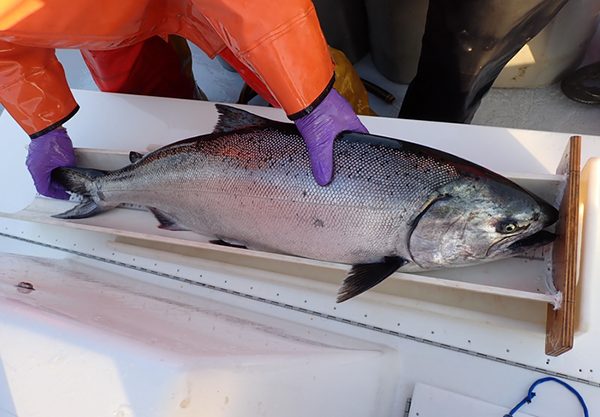
Fisheries
Study: Hatchery and fisheries management changes could help stabilize California’s Chinook salmon
NOAA-UC Santa Cruz: Changes at hatcheries and in fishery management could help restore the age structure of the state's Chinook salmon population.
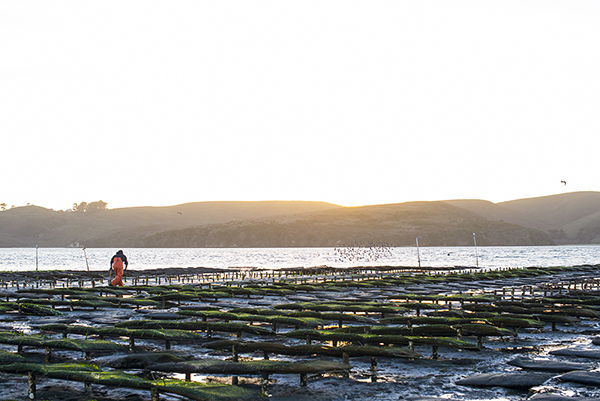
Responsibility
California shellfish farmers need greater support to face effects of climate change, OSU study finds
A new study found California shellfish farmers need improved access to data and stronger connections to adapt to the effects of climate change.
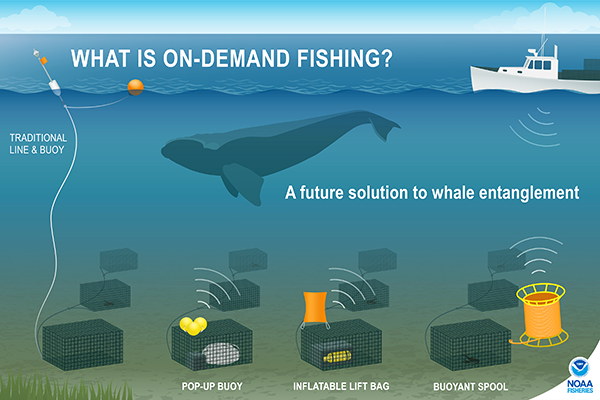
Fisheries
U.S. fishery management council wants input on ropeless fishing gear
A working group will seek ways to reduce potential conflicts between ropeless fishing gear and fisheries in the Northeast United States.
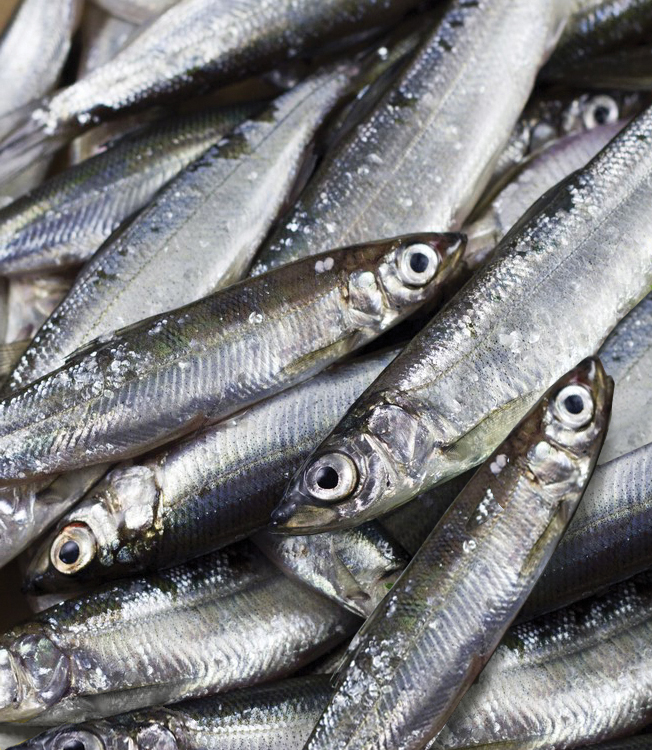
Aquafeeds
New IFFO position: Fish as food or feed
Although its overall production is rising, aquaculture is using less fishmeal and fish oil in feed formulations, and increasing amounts of this fishmeal and oil come from byproducts of fish processing.



